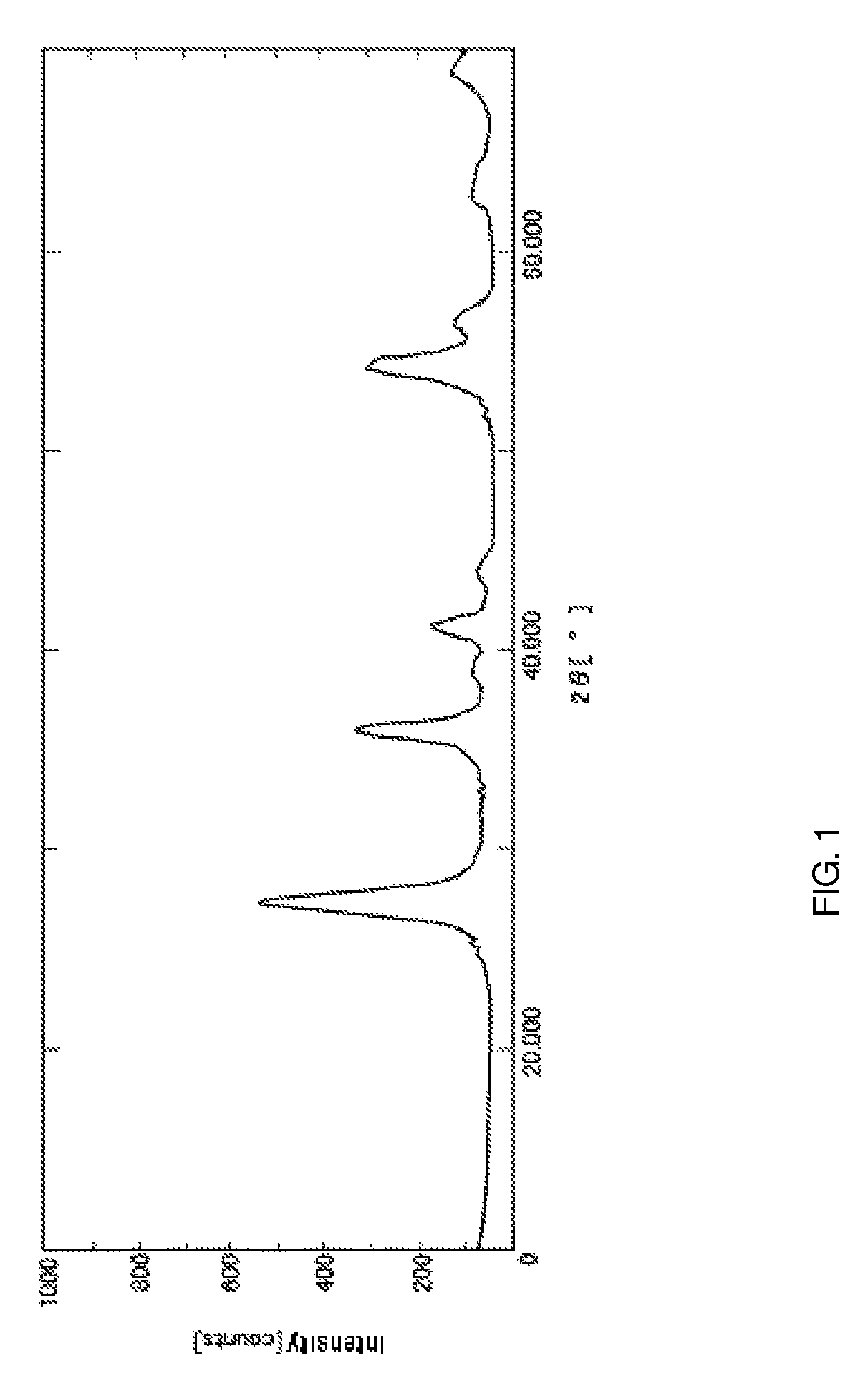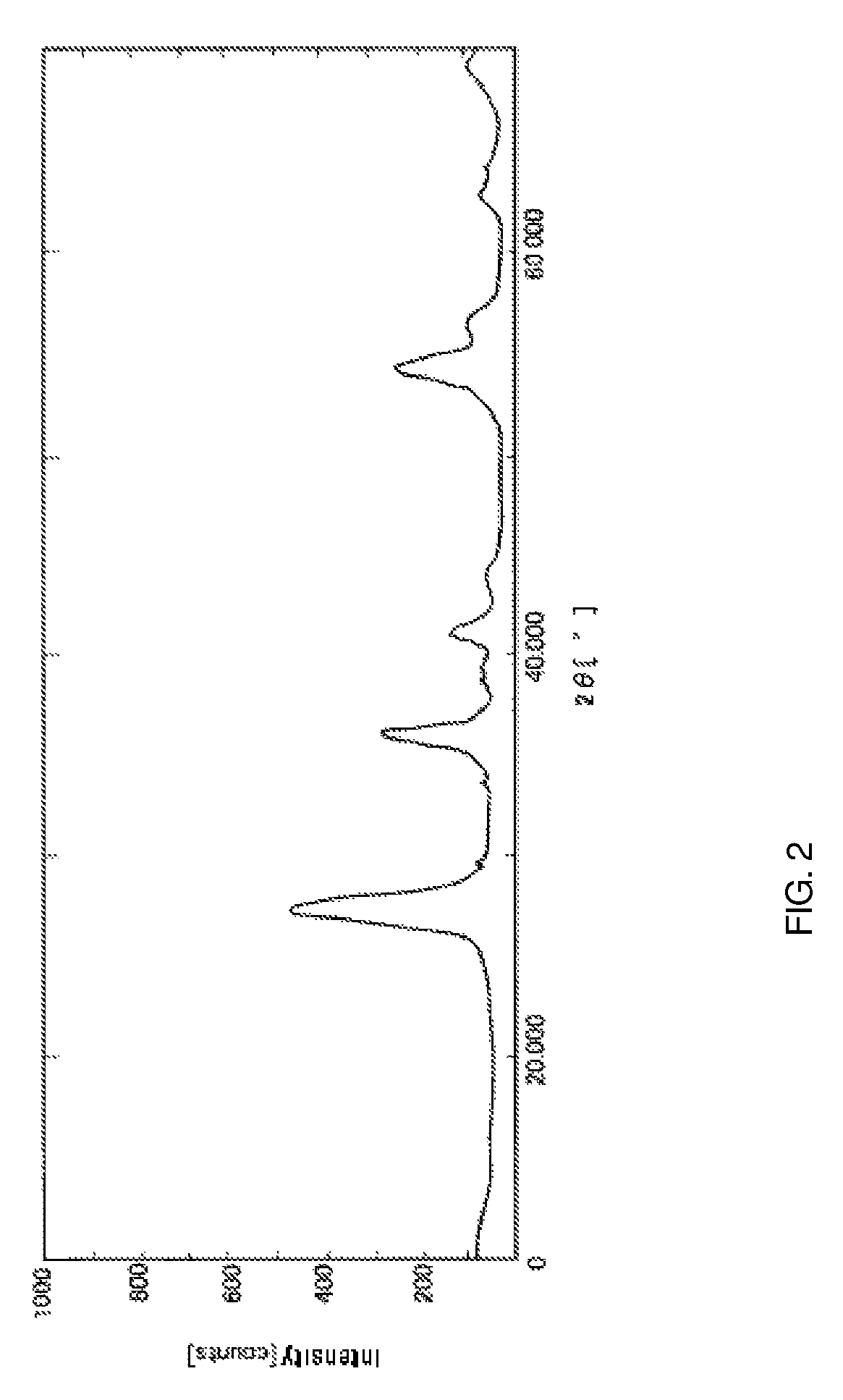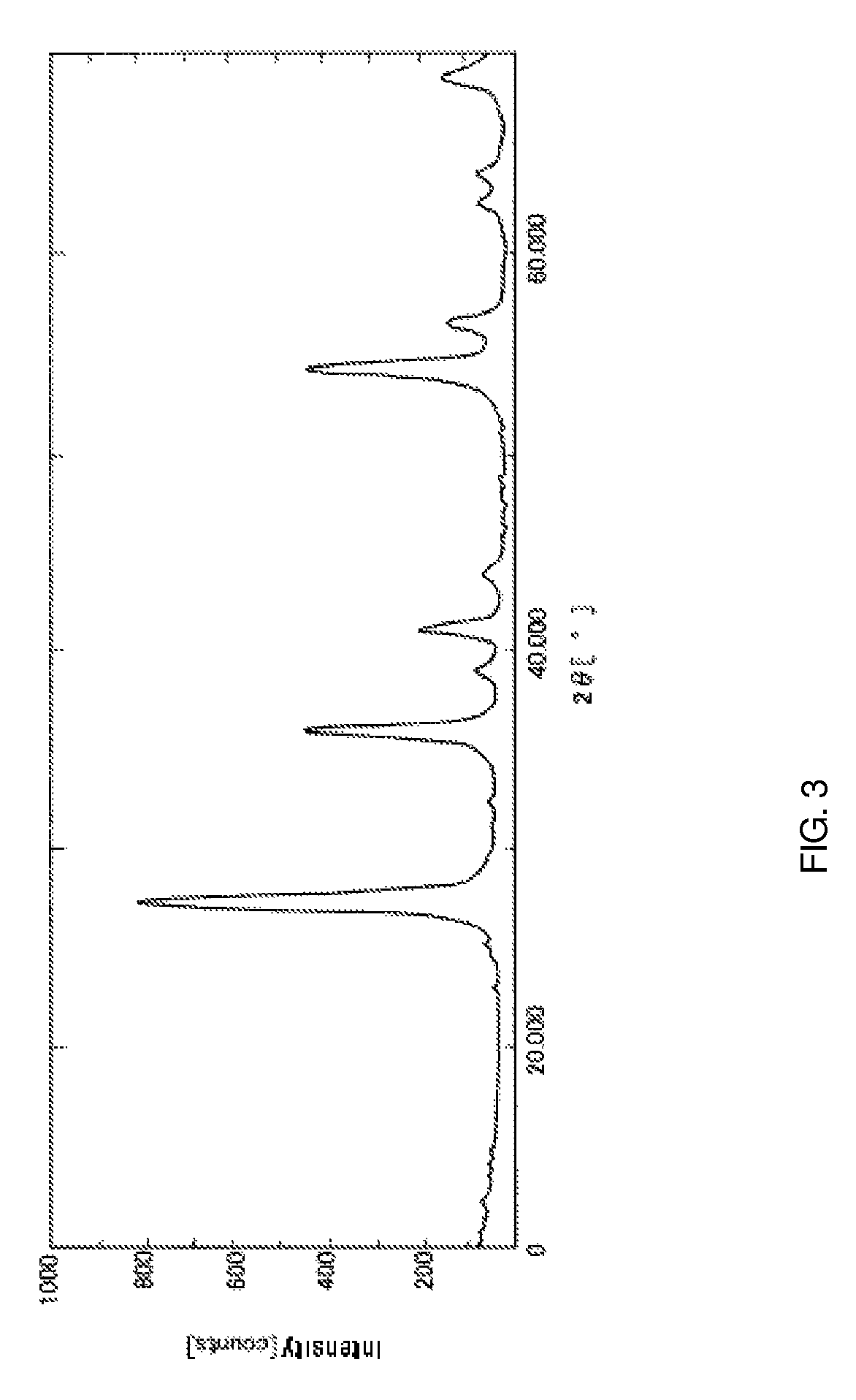Coating composition containing high-refractive-index metal oxide fine particles, and curable coating film obtained by applying the coating composition onto base
a technology of fine particles and coating compositions, applied in the direction of tin oxides, silicon oxides, instruments, etc., can solve the problems of poor weather affecting the weathering resistance of coating films, and plastic substrates with defects that are liable to be damaged, etc., to achieve high refractive index, reduce the effect of photocatalytic activity and high refractive index
- Summary
- Abstract
- Description
- Claims
- Application Information
AI Technical Summary
Benefits of technology
Problems solved by technology
Method used
Image
Examples
preparation process-1
[0146]The first process for preparing the water dispersion sol (hereinafter referred to as a “preparation process-1”) is a process for preparing a water dispersion sol containing metal oxide particles with a high refractive index constituted with fine particles of a titanium-based oxide having an average particle diameter, as measured by a dynamic light scattering method, in the range of 15 to 60 nm and a coating layer formed on a surface each of the fine particles of the titanium-based oxide with at least a silica-based oxide, which is comprises:
[0147](a) a step of placing a mixed aqueous solution containing peroxotitanic acid and potassium stannate and / or a silicon compound in an autoclave and subjecting the solution to hydrothermal treatment at a temperature of 150 to 250° C. to form a composite oxide containing titanium and tin and / or silicon;
[0148](b) a step of drying the composite oxide formed in the step (a) and granulating the dried composite oxide to obtain particles of a c...
preparation process-2
[0202]The second process for preparing the water dispersion sol (hereinafter referred to as a “preparation process-2”) is a process for preparing a water dispersion sol containing metal oxide particles with a high refractive index constituted with fine particles of a titanium-based oxide having an average particle diameter, as measured by a dynamic light scattering method, in the range of 15 to 60 nm and a coating layer formed on a surface each of the fine particles of the titanium-based oxide with at least a silica-based composite oxide, and this process includes:
[0203](a) a step of placing a mixed aqueous solution containing peroxotitanic acid, and potassium stannate and / or a silicon compound in an autoclave and subjecting the solution to hydrothermal treatment at a temperature of 150 to 250° C. to form a composite oxide containing titanium and tin and / or silicon,
[0204](b) a step of drying the composite oxide formed in the step (a) and granulating the dried composite oxide to obta...
preparation example 1
Preparation of a Water Dispersion Sol Containing Fine Particles of Titanium-Based Oxide
[0381]11.37 kg of an aqueous solution of titanium tetrachloride (available from OSAKA Titanium technologies Co., Ltd.) containing 7.75% by weight of a titanium constituent in terms of TiO2 was mixed with 4.41 kg of an aqueous ammonia (available from Ube Industries, Ltd.) containing 15% by weight of ammonia to prepare a white slurry of pH 9.5. Subsequently, the slurry was subjected to filtration, and the resulting cake was then washed with pure water to obtain 9.27 kg of a purified cake of hydrous titanic acid having a solid content of 10% by weight.
[0382]Next, to the cake, 10.60 kg of an aqueous hydrogen peroxide (available from Mitsubishi Gas Chemical Company, Inc.) containing 35% by weight of hydrogen peroxide and 20.00 kg of pure water were added, then the resulting mixture was heated at a temperature of 80° C. for 1 hour while stirring, and 52.87 kg of pure water was further added to obtain 92...
PUM
| Property | Measurement | Unit |
|---|---|---|
| particle diameter | aaaaa | aaaaa |
| specific surface area | aaaaa | aaaaa |
| refractive index | aaaaa | aaaaa |
Abstract
Description
Claims
Application Information
 Login to View More
Login to View More - R&D
- Intellectual Property
- Life Sciences
- Materials
- Tech Scout
- Unparalleled Data Quality
- Higher Quality Content
- 60% Fewer Hallucinations
Browse by: Latest US Patents, China's latest patents, Technical Efficacy Thesaurus, Application Domain, Technology Topic, Popular Technical Reports.
© 2025 PatSnap. All rights reserved.Legal|Privacy policy|Modern Slavery Act Transparency Statement|Sitemap|About US| Contact US: help@patsnap.com



